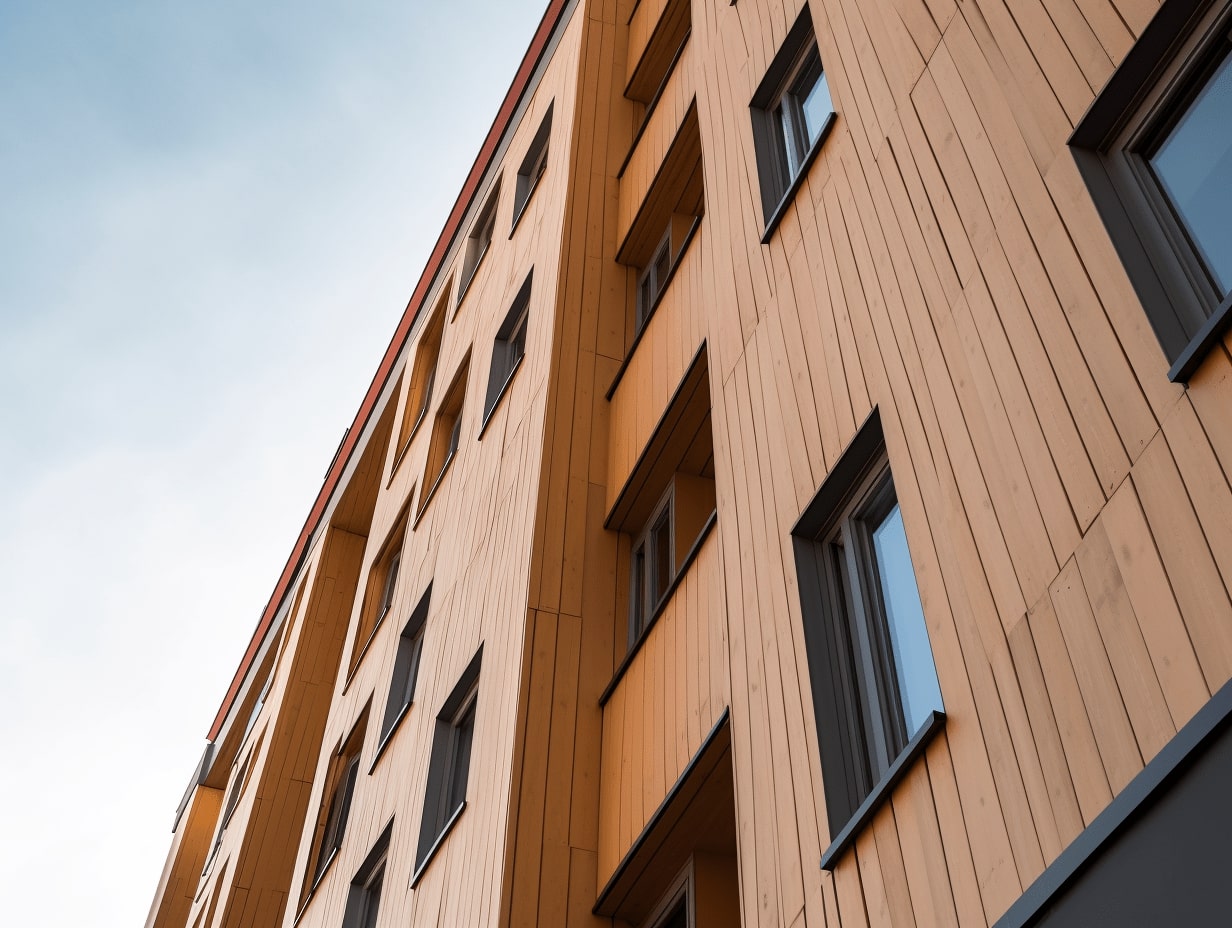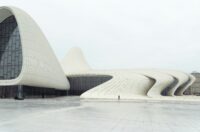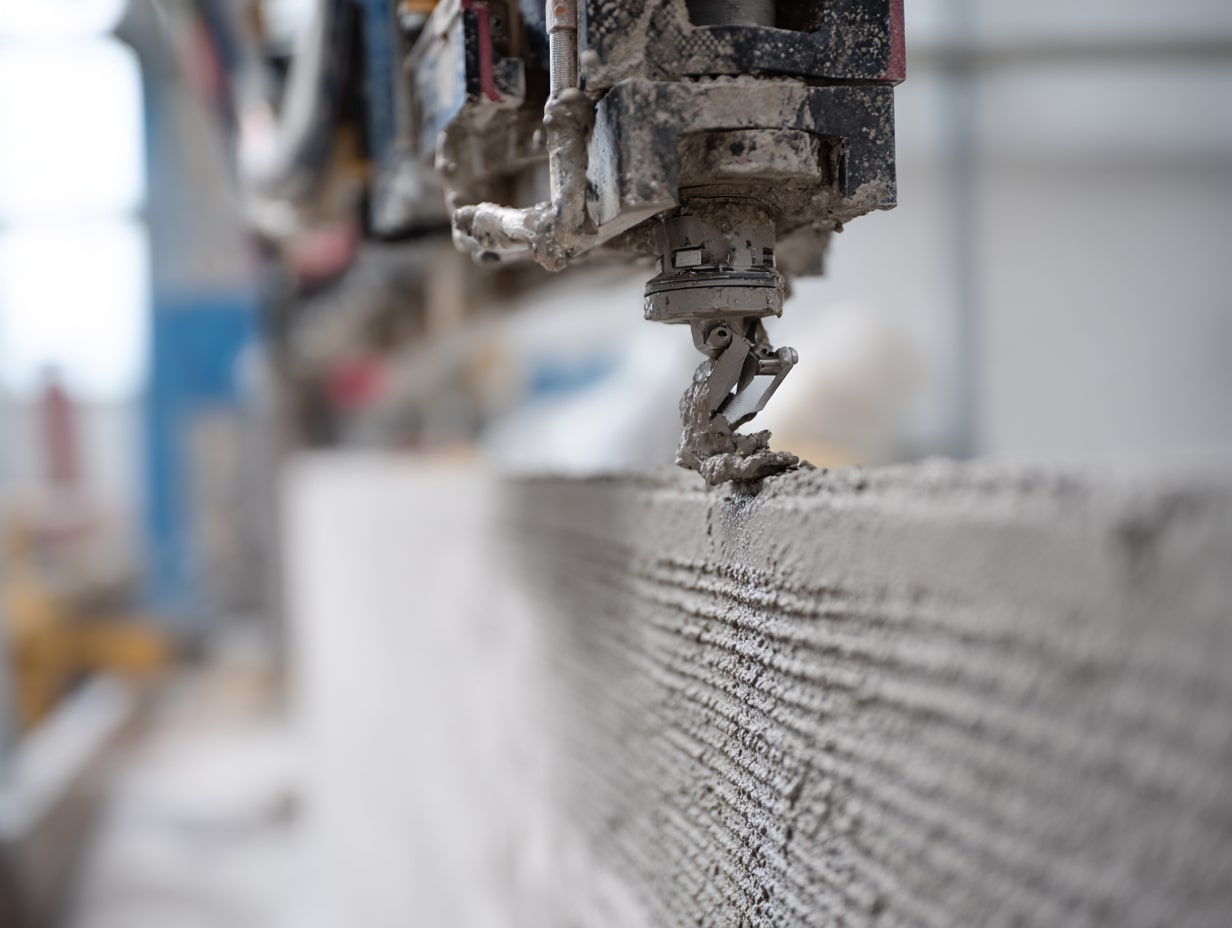- Home
- Articles
- Architectural Portfolio
- Architectral Presentation
- Inspirational Stories
- Architecture News
- Visualization
- BIM Industry
- Facade Design
- Parametric Design
- Career
- Landscape Architecture
- Construction
- Artificial Intelligence
- Sketching
- Design Softwares
- Diagrams
- Writing
- Architectural Tips
- Sustainability
- Courses
- Concept
- Technology
- History & Heritage
- Future of Architecture
- Guides & How-To
- Art & Culture
- Projects
- Interior Design
- Competitions
- Jobs
- Store
- Tools
- More
- Home
- Articles
- Architectural Portfolio
- Architectral Presentation
- Inspirational Stories
- Architecture News
- Visualization
- BIM Industry
- Facade Design
- Parametric Design
- Career
- Landscape Architecture
- Construction
- Artificial Intelligence
- Sketching
- Design Softwares
- Diagrams
- Writing
- Architectural Tips
- Sustainability
- Courses
- Concept
- Technology
- History & Heritage
- Future of Architecture
- Guides & How-To
- Art & Culture
- Projects
- Interior Design
- Competitions
- Jobs
- Store
- Tools
- More
Exploring the Wood and Concrete Mix in Architecture: Benefits and Design Innovations
Explore the transformative power of blending wood and concrete in modern architecture. This article delves into the aesthetic harmony and structural benefits of these materials, highlighting their role in sustainable design.

In the ever-evolving world of architecture, the blend of wood and concrete is making waves. This dynamic duo combines the warmth and natural beauty of wood with the strength and durability of concrete, creating structures that are not only visually stunning but also resilient. As we explore this innovative mix, we’ll uncover how it’s transforming modern design and enhancing sustainability.
Wood and concrete together offer a unique solution for architects looking to push boundaries. By harnessing the strengths of both materials, we can achieve a balance that meets aesthetic desires and functional needs. Join us as we delve into the fascinating applications and benefits of this powerful combination, paving the way for a new era in architectural design.

Table of Contents
ToggleOverview of Wood and Concrete Mix in Architecture
Wood and concrete each bring unique attributes to architectural designs, enhancing both function and style. The combination of these materials results in hybrid structures that not only uphold strength but also offer considerable aesthetic value.

Benefits of Mixing Wood and Concrete
- Aesthetic Balance: Mixing wood and concrete creates striking contrasts. The warmth of wood often complements the sleekness of concrete, producing visually engaging spaces.
- Durability: Concrete provides robust structural support, while wood contributes with flexibility, allowing buildings to withstand environmental stresses effectively.
- Sustainability: Using responsibly sourced wood alongside concrete promotes eco-friendly architecture. This blend encourages reduced carbon footprints in construction practices.
Design Applications
- Residential Spaces: Combining wood and concrete in homes leads to inviting atmospheres. Designers can utilize large concrete slabs for foundational strength, while incorporating wood for interior accents.
- Commercial Buildings: Offices and retail spaces often benefit from the modern aesthetic derived from this mix. The interplay of materials enhances branding and user experience.
- Public Infrastructure: Bridges and public spaces utilize the strength of concrete with wooden elements enhancing natural integration. This approach fosters community engagement and environmental mindfulness.
Conclusion on Usage Trends
The blend of wood and concrete continues to trend in contemporary architecture, reflecting a shift towards innovative, sustainable design. This combination allows us to explore new creative possibilities while respecting the environment.
Benefits of Using Wood and Concrete Together
Combining wood and concrete in architecture offers substantial advantages. This mix enhances both aesthetic appeal and structural integrity, leading to innovative design possibilities.

Aesthetic Appeal
Aesthetic appeal lies at the forefront of wood and concrete collaboration. The natural warmth of wood contrasts beautifully with the cool, industrial finish of concrete. This combination creates captivating visual dynamics, making spaces feel welcoming yet sophisticated. In various design contexts—residential homes, commercial establishments, and public spaces—this blend fosters unique atmospheres that attract visitors and enhance user experiences. Architects can choose from diverse finishes and textures, tailoring each project to complement its environment while showcasing creativity and style.
Structural Integrity
Structural integrity benefits significantly from the use of wood and concrete together. Concrete provides a robust foundational strength, essential for supporting large loads and ensuring long-lasting stability. Wood, on the other hand, brings flexibility and resilience, effectively absorbing stresses caused by environmental changes or seismic activity. This hybrid approach minimizes the risk of structural failures while allowing for innovative designs that utilize varying shapes and forms. Additionally, the combination supports energy efficiency, as the insulation properties of wood can regulate temperatures and reduce energy consumption.
Design Considerations
When integrating wood and concrete in architectural designs, several critical factors impact sustainability and thermal performance. We recognize the importance of these considerations for achieving a harmonious blend of functionality and aesthetics.

Sustainability Factors
Sustainability plays a pivotal role in the wood and concrete mix. We emphasize the selection of responsibly sourced wood, which reduces environmental impact. Concrete’s longevity and strength complement wood’s renewability, leading to durable structures that require less frequent replacement. Implementing recycled aggregates in concrete can further enhance eco-friendliness. According to the U.S. Green Building Council, using these materials in conjunction encourages green building practices, aligning with global sustainability goals.
Thermal Performance
Thermal performance significantly benefits from the wood and concrete combination. We note that wood possesses excellent insulation properties, helping to regulate indoor temperatures effectively. This capability reduces the need for mechanical heating and cooling, thereby lowering energy consumption. In contrast, concrete offers thermal mass, allowing it to absorb and store heat. This synergy creates comfortable indoor environments while enhancing energy efficiency. Research indicates that buildings utilizing this material mix can achieve notable reductions in energy usage, contributing to sustainable architecture practices.
Challenges in Implementation
Implementing a wood and concrete mix in architecture involves several challenges that require careful consideration. We must address the material compatibility and construction techniques to ensure the success of these hybrid structures.

Material Compatibility
Material compatibility poses significant challenges in combining wood and concrete. Wood expands and contracts with changes in humidity and temperature, while concrete remains stable under similar conditions. This divergence can lead to stress at the connection points, resulting in structural issues. Selecting compatible wood types, such as engineered wood products, can mitigate some of these concerns. Additionally, employing appropriate adhesives and fasteners that accommodate movement helps maintain integrity. Understanding and addressing these compatibility issues is crucial for achieving lasting results in wood-concrete structures.
Construction Techniques
Construction techniques also present hurdles when working with wood and concrete. We must ensure precise alignment during installation to prevent misalignment between materials. Using proper anchoring systems is essential to secure wood elements within the concrete framework. Innovative forming techniques, such as using plywood forms, can assist in creating optimal connections. Understanding moisture management during the curing process is critical to preserving wood’s quality and preventing degradation. Proper training for construction crews on these hybrid methods enhances efficiency and ensures adherence to best practices, ultimately leading to successful implementation.
Case Studies of Successful Applications
We observe numerous instances where the combination of wood and concrete has produced outstanding results in architecture. These cases illustrate how this innovative blend enhances both functionality and aesthetics across various project types.

Residential Projects
In residential architecture, the blend of wood and concrete showcases warmth and modernity. For instance, the “Wood-Concrete House” in Chile utilizes exposed concrete walls paired with warm wooden elements, creating inviting interiors. This residence maximizes natural light through large windows, which complement the structural integrity provided by concrete. The result is a home that balances beauty and practicality while achieving energy efficiency through effective insulation from wood. Another example, the “Casa Jujuy” in Argentina, incorporates a striking facade of timber and concrete, which harmonizes with its natural surroundings, promoting sustainability through the use of local materials.
Commercial Projects
In commercial architecture, wood and concrete create visually striking and functional spaces. The “Treet” building in Norway, comprised of a concrete base with a wooden superstructure, exemplifies this integration. This skyscraper enforces structural stability while its wooden elements provide warmth, inviting users to engage with the space. Another notable project, the “Woods Bagot Office” in Australia, combines concrete and timber in an open-plan office, enhancing employee well-being through natural materials that foster a welcoming atmosphere. Both examples demonstrate how this material synergy meets the demands of modern commercial spaces by providing durability and aesthetic appeal.
Conclusion
The blend of wood and concrete in architecture reveals a shift toward innovative and sustainable design. This combination creates structures that marry aesthetic appeal with functional strength, positioning them as viable choices for modern projects.
We identify several key advantages in using wood and concrete together. Aesthetic balance emerges as wood’s warmth complements concrete’s sleekness. Durability stands out, with concrete providing robust support while wood contributes flexibility. Sustainability factors play a critical role, with our choice of responsibly sourced wood and recycled aggregates in concrete promoting eco-friendly practices.
Design applications manifest prominently in residential, commercial, and public spaces. Wood-concrete projects foster inviting atmospheres and enhance community engagement through captivating visual dynamics. Furthermore, structural integrity benefits from this combination; concrete ensures foundational strength while wood augments resilience, helping to minimize risks of structural failure.
Energy efficiency also becomes a critical factor as wood’s insulation properties regulate temperatures, reducing energy consumption in buildings. The synergy enhances thermal performance, leading to comfortable indoor environments.
Despite these advantages, challenges exist in implementing wood and concrete mixes. Material compatibility issues can arise; wood’s expansion may stress connection points with concrete. Addressing these concerns involves selecting compatible wood types and utilizing effective adhesives and fasteners. Construction techniques require precision, with a focus on proper anchoring systems and innovative forming techniques to safeguard wood quality.
Our exploration of successful applications demonstrates the versatility of this blend. Case studies, such as the “Wood-Concrete House” in Chile and the “Treet” in Norway, illustrate the inviting interiors and functional benefits realized through this hybrid approach.
The wood-concrete combination not only sets a trend in architecture but also opens creative possibilities that honor environmental considerations.
- Architectural Materials
- composite construction materials
- durable building solutions
- Eco Friendly Architecture
- energy-efficient building materials
- green architecture materials
- hybrid construction materials
- Innovative Architectural Design
- mixed material architecture
- modern building materials
- structural efficiency materials
- sustainable building materials
- wood and concrete blend
- wood concrete composite
- wood-concrete mix
- wood-concrete synergy
I create and manage digital content for architecture-focused platforms, specializing in blog writing, short-form video editing, visual content production, and social media coordination. With a strong background in project and team management, I bring structure and creativity to every stage of content production. My skills in marketing, visual design, and strategic planning enable me to deliver impactful, brand-aligned results.
Submit your architectural projects
Follow these steps for submission your project. Submission FormLatest Posts
3D Printed Homes: Time, Cost, and What to Expect
3D printed homes explained: realistic timelines (24–72h walls, 8–16 weeks total), true...
How a Contact Centre Boosts Trust in Your Building Business
In construction, trust is the glue that holds projects together. Clients need...
How Real Time Parcel Geolocation Is Redefining Last Mile Efficiency for Modern Businesses
Last mile delivery has become the most critical point in the customer...
How Can Small Spaces Stay Stylish and Relaxing?
In today’s fast-paced urban lifestyle, small living spaces are becoming increasingly common....












Leave a comment